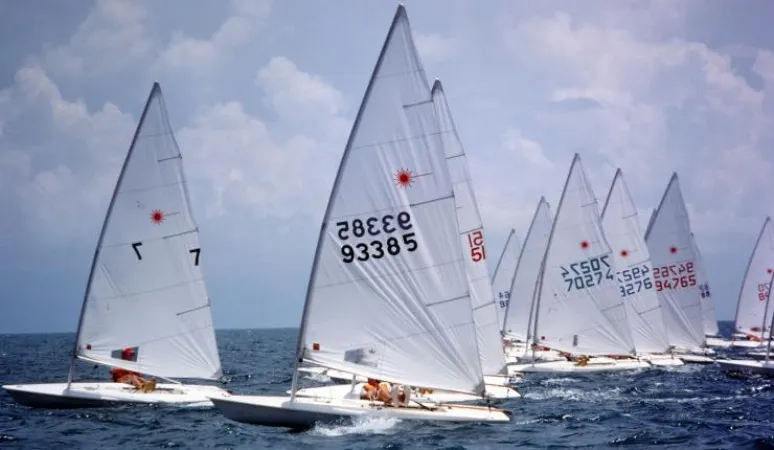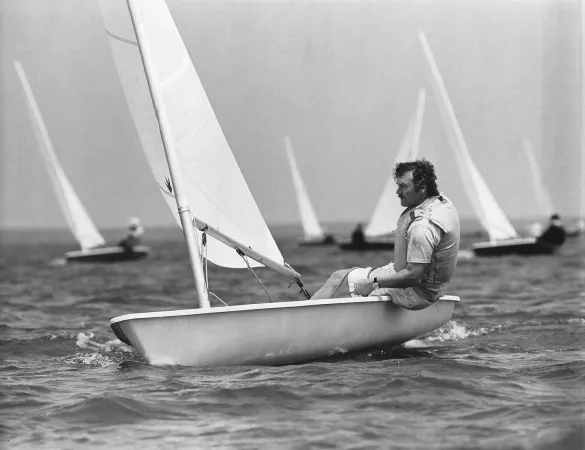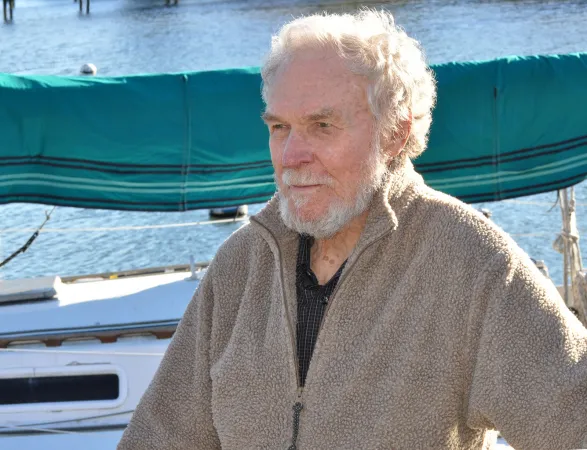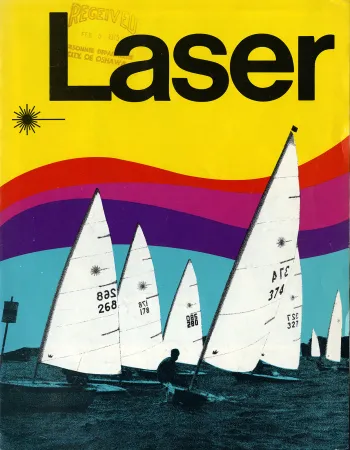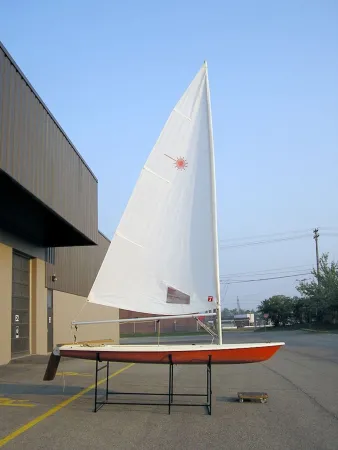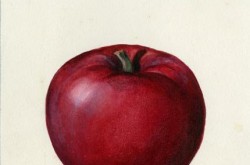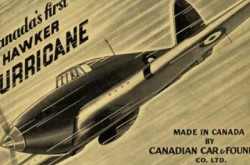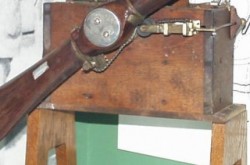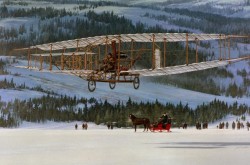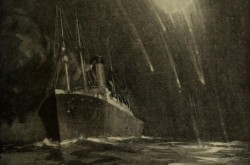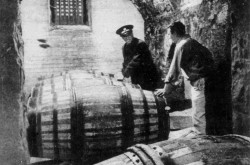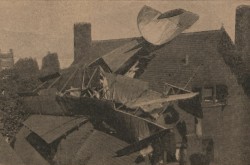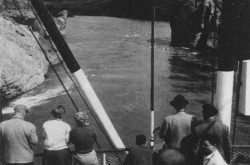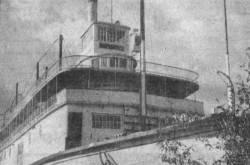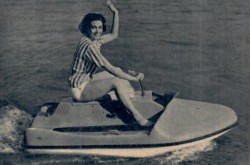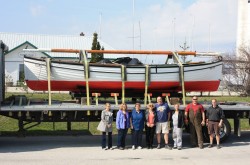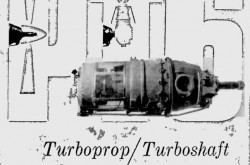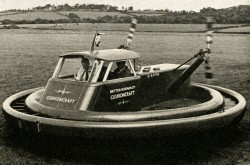Laser Sailboat
This article was originally written and submitted as part of a Canada 150 Project, the Innovation Storybook, to crowdsource stories of Canadian innovation with partners across Canada. The content has since been migrated to Ingenium’s Channel, a digital hub featuring curated content related to science, technology and innovation.
The Laser began as a quick sketch made during a telephone conversation between Canadians Bruce Kirby and Ian Bruce.
“How about doing a car-top sail boat?” This was the inspiration for the Laser, perhaps the most popular single-handed sailing dinghy in the world. Bruce Kirby responded to Ian Bruce’s question by creating a light, portable boat that appealed to both recreational and competitive sailors. Introduced in 1971, the Laser gave people access to the thrill of sailing without membership in a yacht club: it was lively and nimble, sailed well even in light winds, and could be easily righted by an inexperienced sailor after capsizing. For more seasoned sailors, the Laser’s responsiveness and speed made it a perfect boat for competitive racing. It became so popular that the Olympic committee added the Laser as an Olympic-class boat for men in 1996 and women in 2008. The Laser’s enduring popularity, though, comes from the thousands of recreational sailors who experience the pure pleasure of single-handing a Laser on a breezy day.
The Laser was originally called the “Weekender.” Kirby and Bruce changed the name after asking an engineering student who liked to sail for ideas. The student suggested the boat have a modern-sounding technical name. Ian Bruce responded, “You mean something like Laser?”



